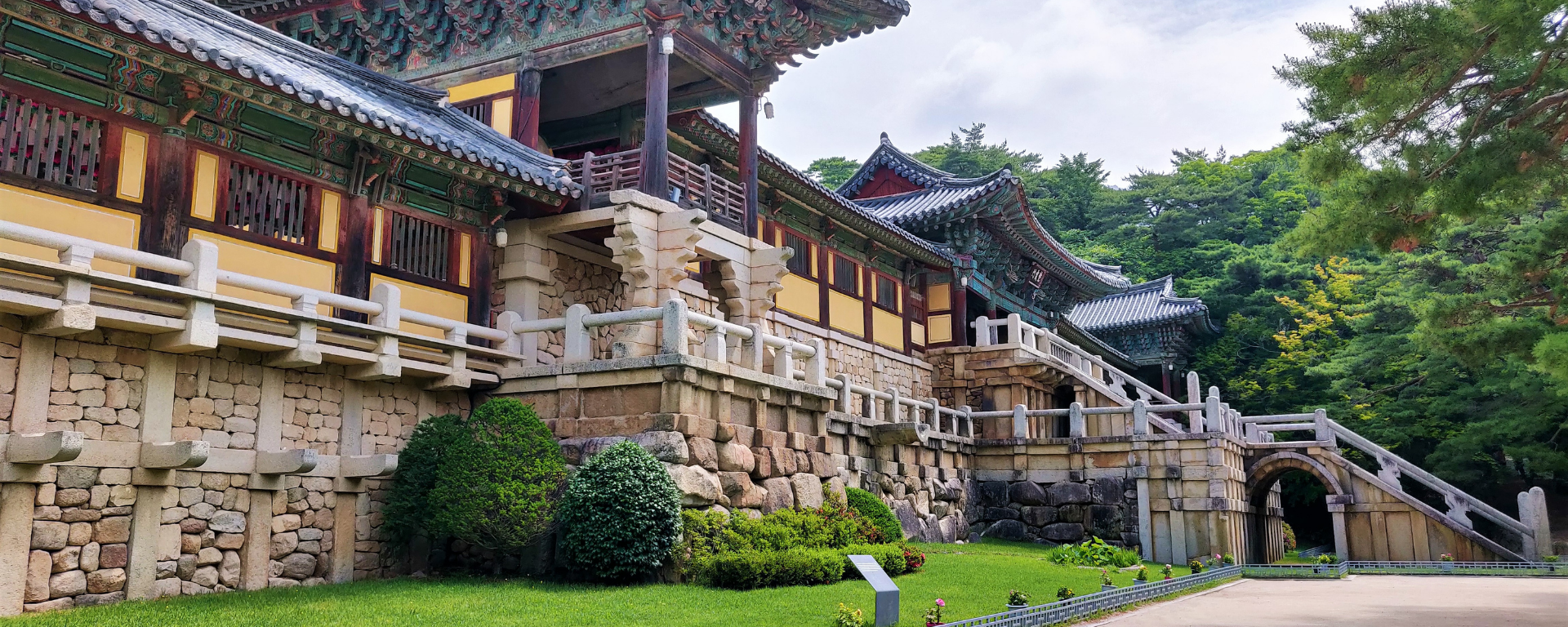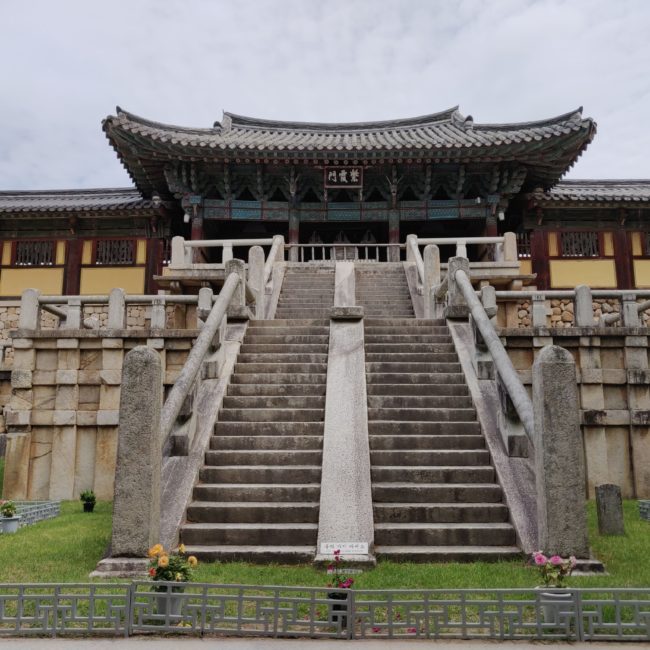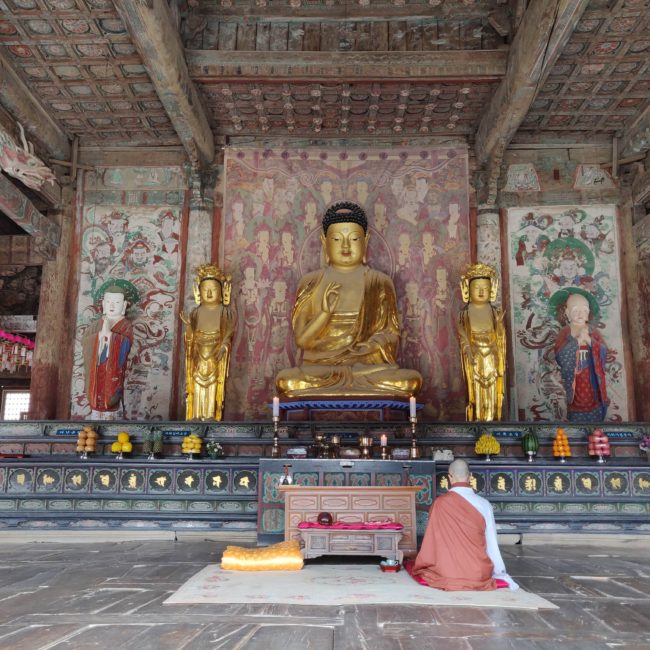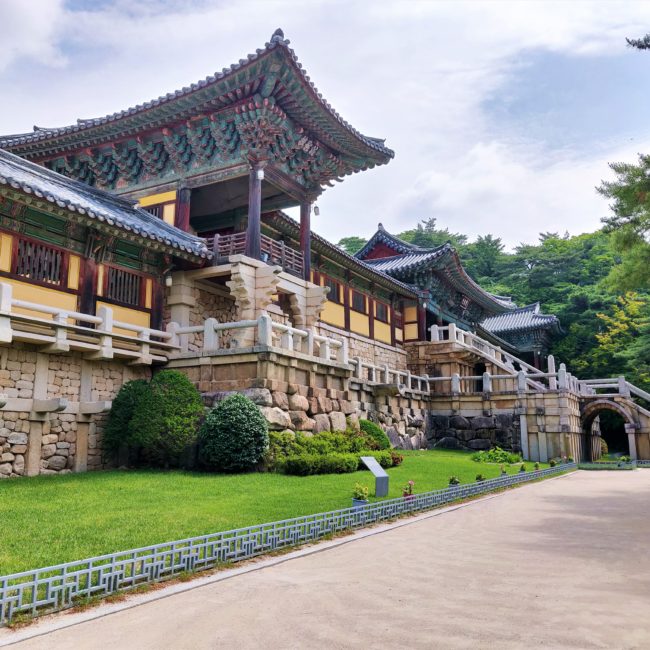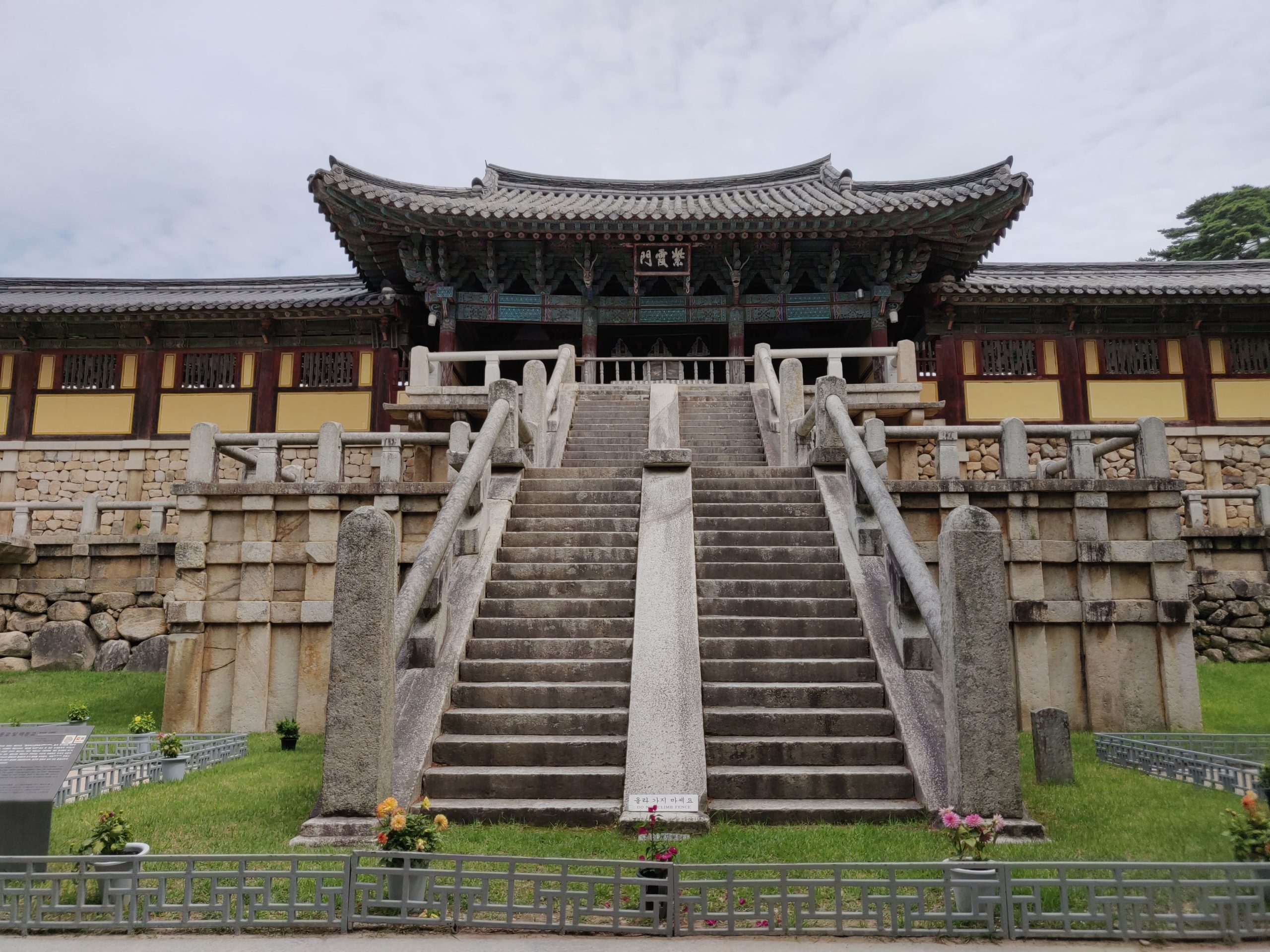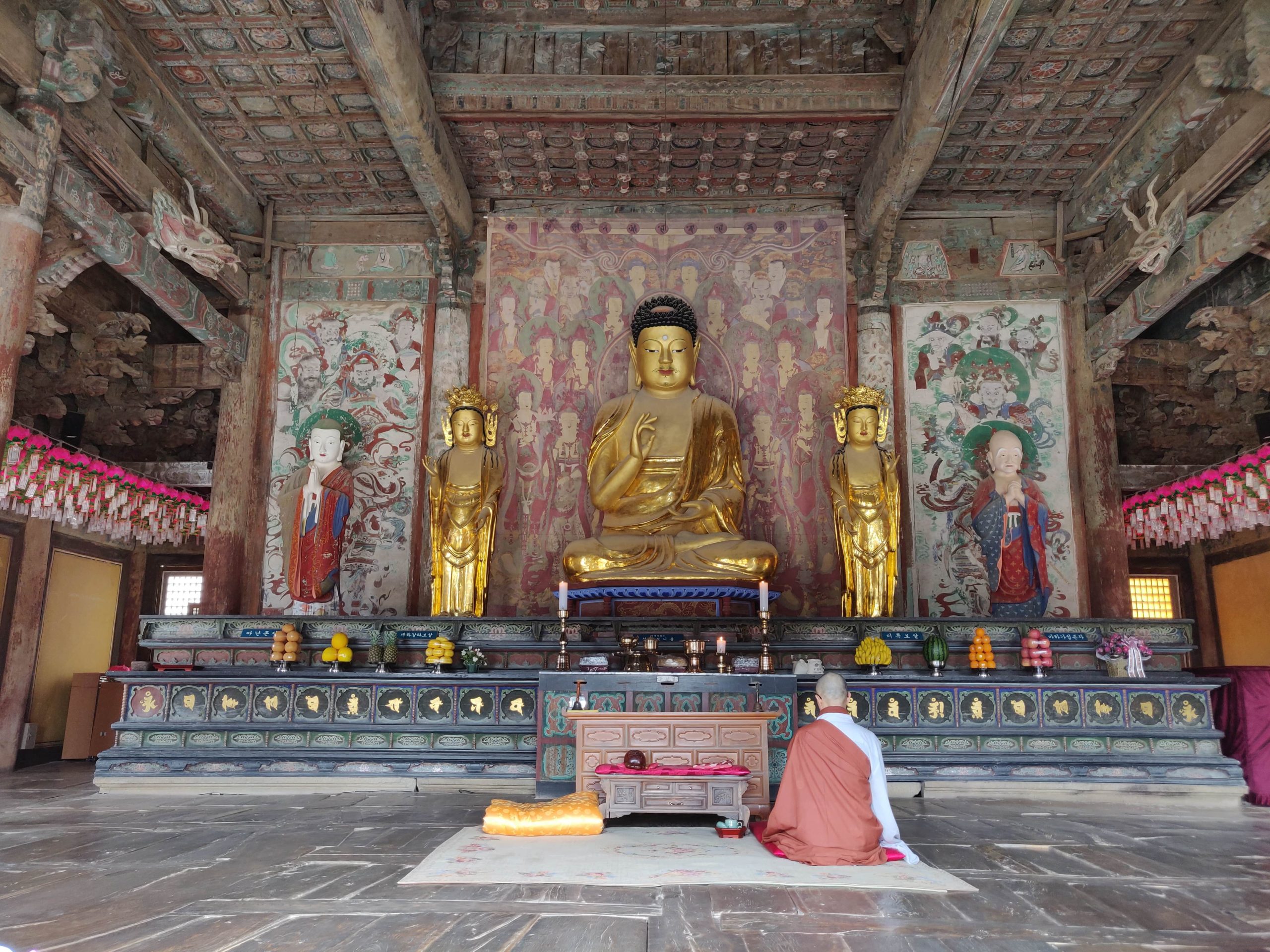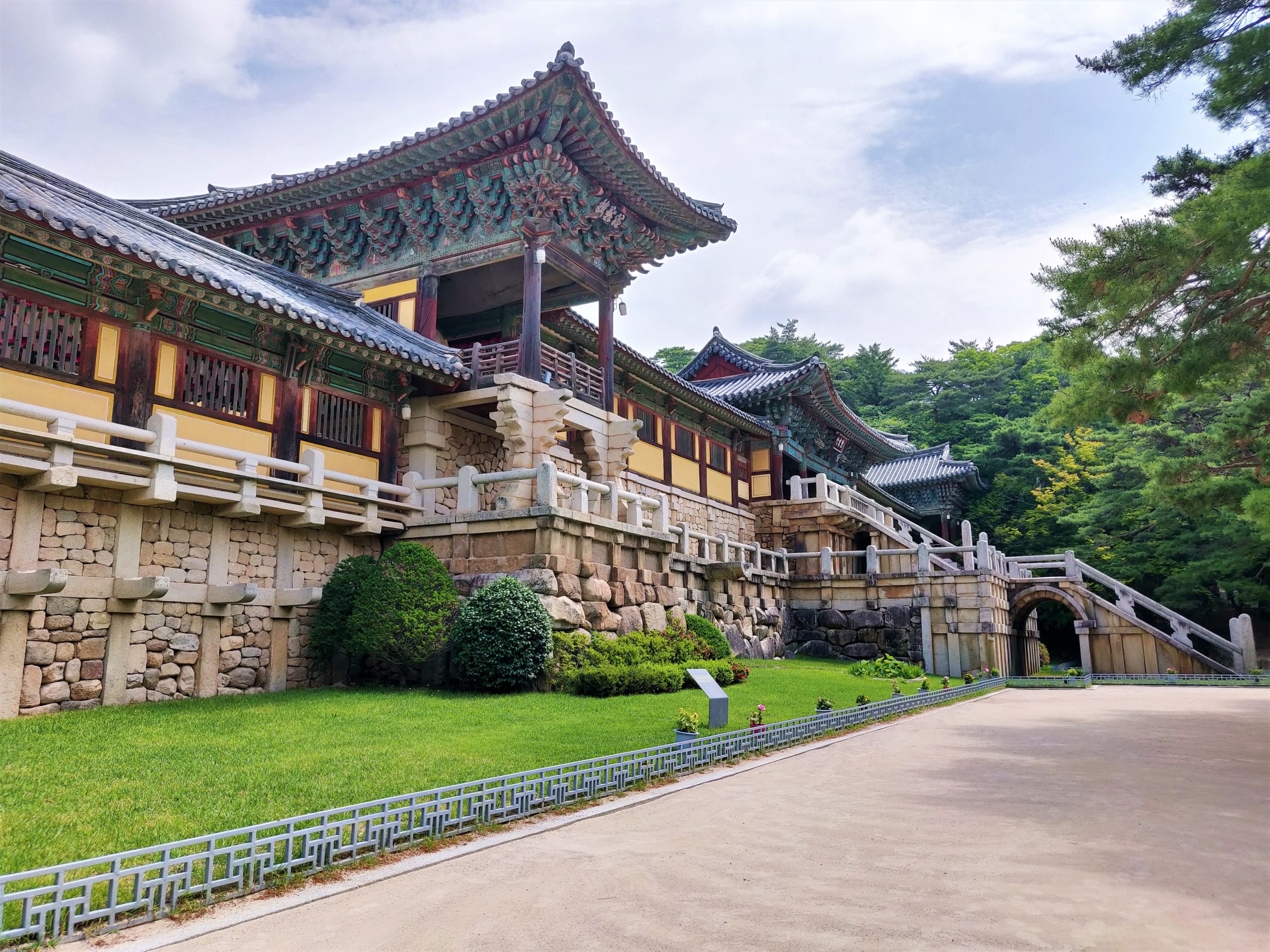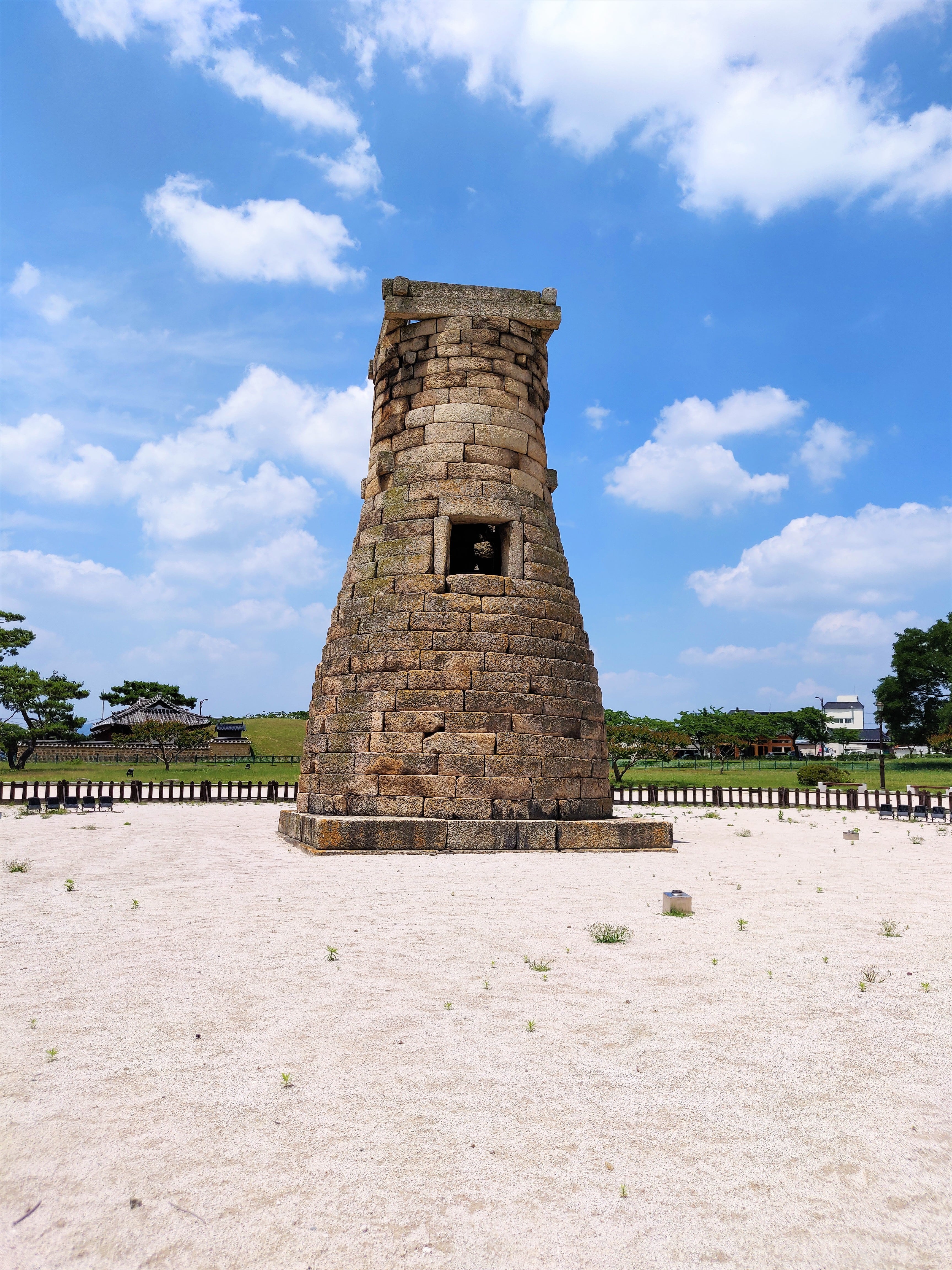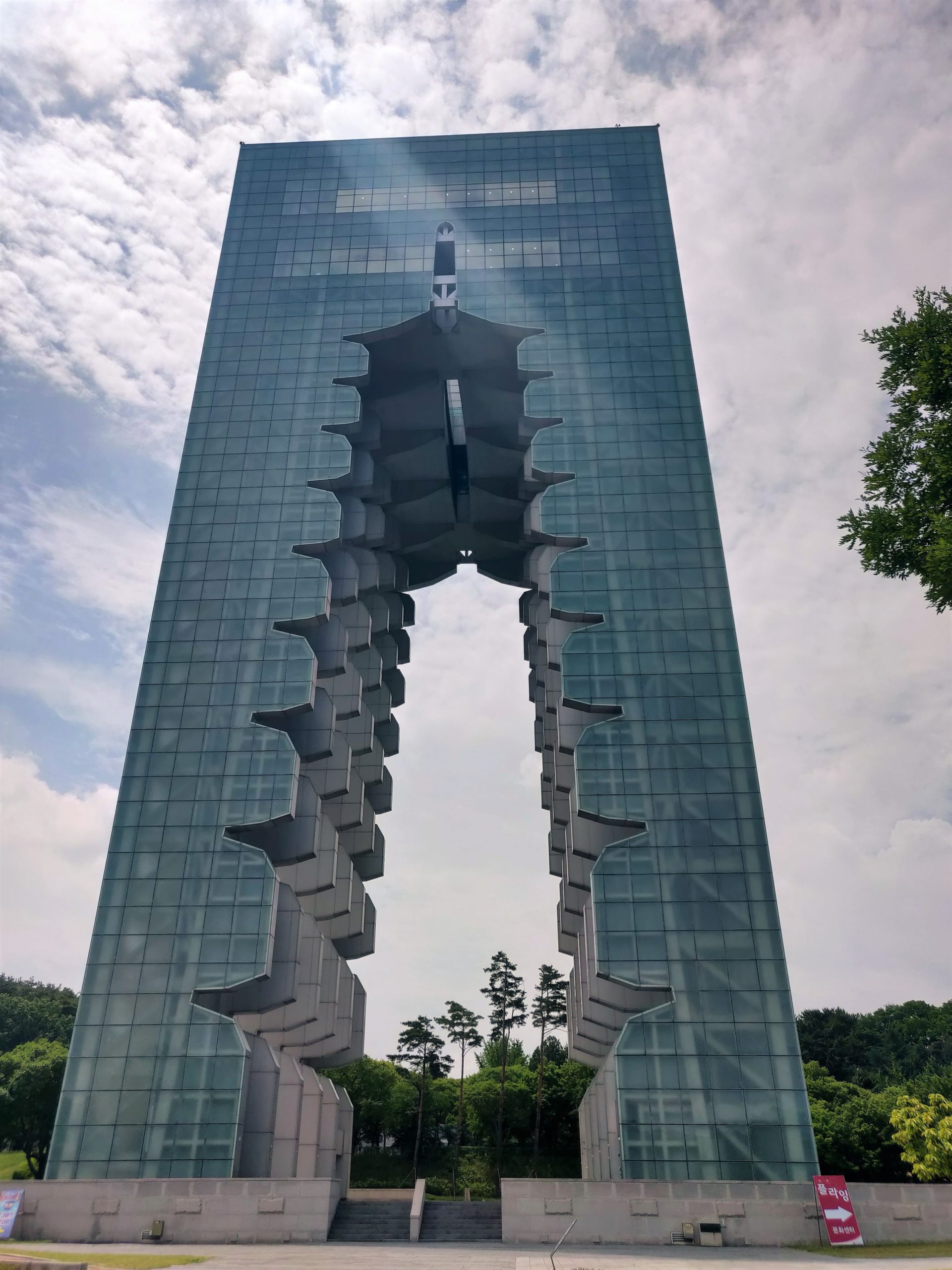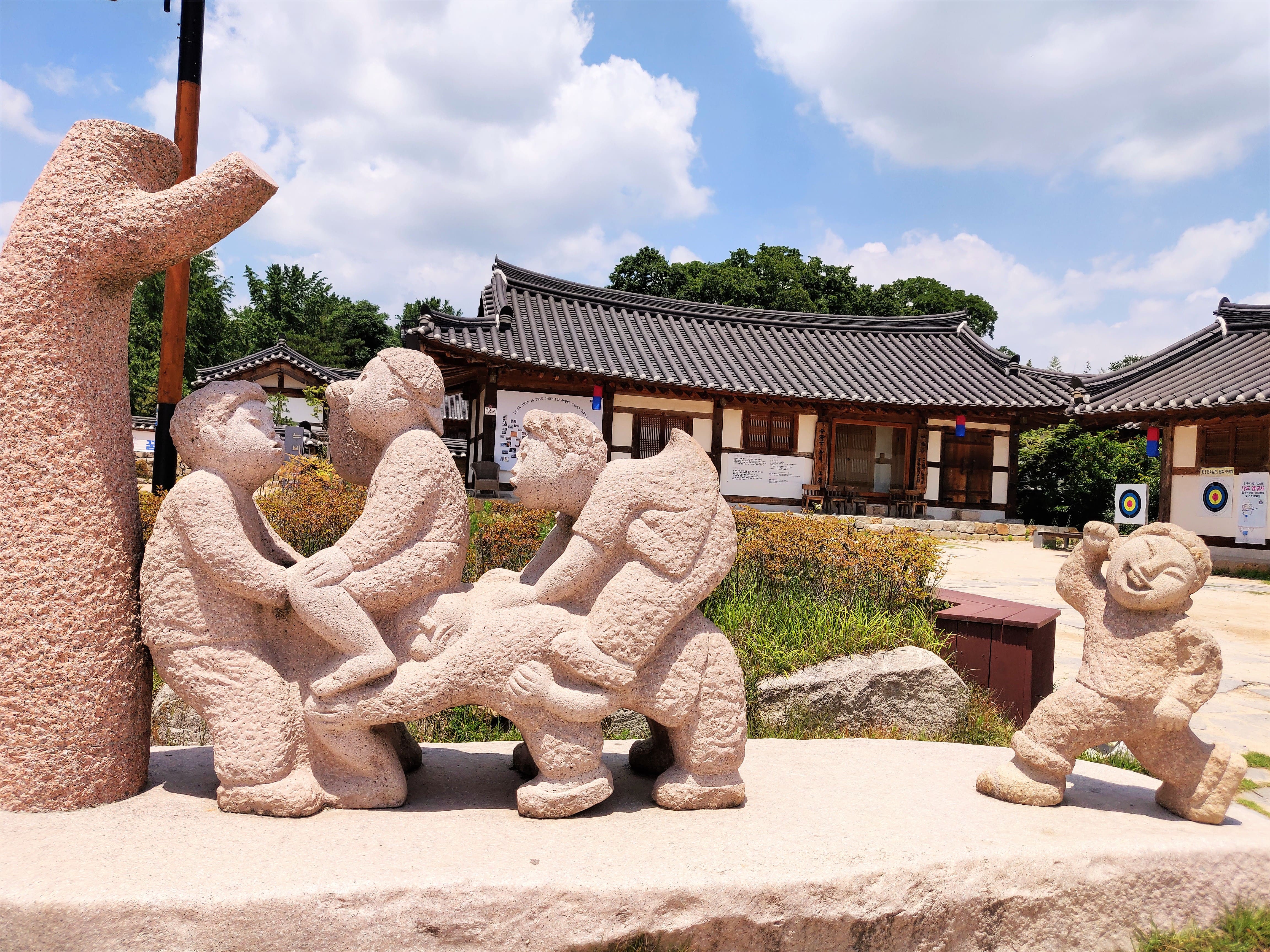Gyeongju
Gyeongju is a city filled with history and served as the ancient capital of the Silla Kingdom; is home to numerous archaeological sites and ruins which remain exceptionally well preserved. This historic area is a UNESCO world heritage site with temples, palaces, royal graves, artifacts, and more.
A visit to this beautiful golden city would be a trip through time. The Gyeongju Historic Areas are scattered with so many legacies which would make tourists understand Shilla’s history and culture.
Gyeongju can be done as a day trip from Busan (about 1 hr far per way) and Seoul take a KTX Bullet Train (about 2 hrs per way).
-
Destination
Sightseeing
- Bulguksa Temple
- Cheomseongdae Observatory
- Daerungwon Ancient Tombs
- Donggung Palace & Wolji Pond
- Gyochon Hanok Village
- Gyeongju World Culture Expo Park
- Wolseong Fortress
- Gyeongju National Museum
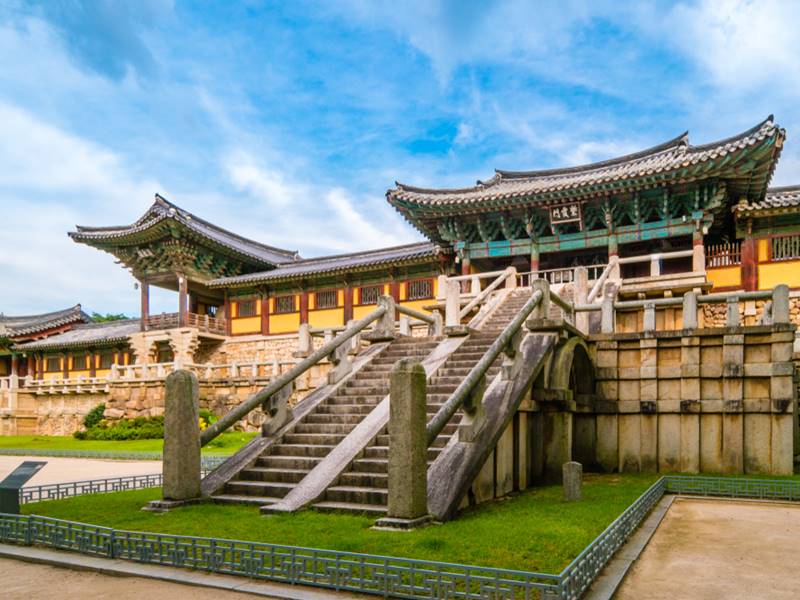
Bulguksa Temple is often known as the Temple of the Buddha Land which was built in 751 during the Shilla Kingdom is the most treasured and visited temple in South Korea. The main entrance to the temple is more like the other temples in Korea but as soon as you pass through it you will come across a gorgeous garden with lotus ponds.
The entrance to the temple is through the 33-step high double staircase often referred to as “The Bridge” (Cheongungyo Bridge-Baegungyo Bridge) which symbolizes a bridge that connects the people to the underworld and the world of Buddha and above. On the left-hand side is the Yeonhwagyo Bridge – Chilbogyo Bridge which isn’t permitted for visitors to step on as Buddhists believed one who has attained enlightenment can go up and down on it.
Inside the temple, there’s the main hall Daeungjeon where the statue of Buddha is enshrined and you shall notice 2 Buddhism Pagodas of early days which represented Dapo & Sakyamuni Buddha as in those days statues or images of Buddha weren’t available.
Seokguram Grotto is a round-shaped hall with one main Bodhi-Sattva statue surrounded by his disciples. It is worth the visit if you have more time in hand as there’s an easy hiking trail on a well-maintained path leading you to the Grotto. The temple complex is so huge and built with such mathematical and geometrical calculations which took 40 years to construct and it was also restored in 1973.
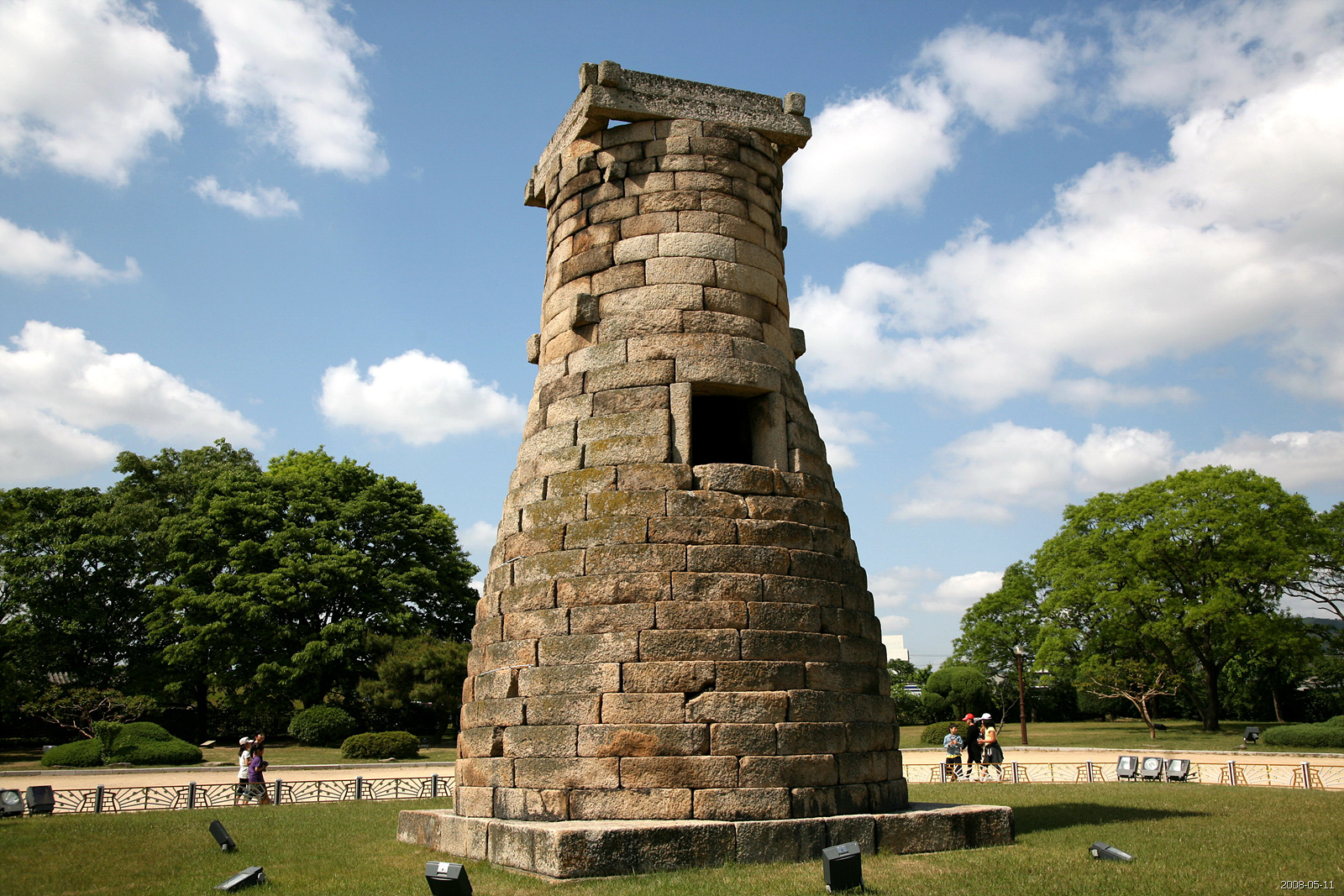
It’s an astronomical observation building wherein square stones have been arranged in the shape of the Chinese Letter for well. It means star-gazing tower in Korean. It was used to observe stars to forecast weather. Every part of the building including structure and composition is symbolic and built with various scientific points.
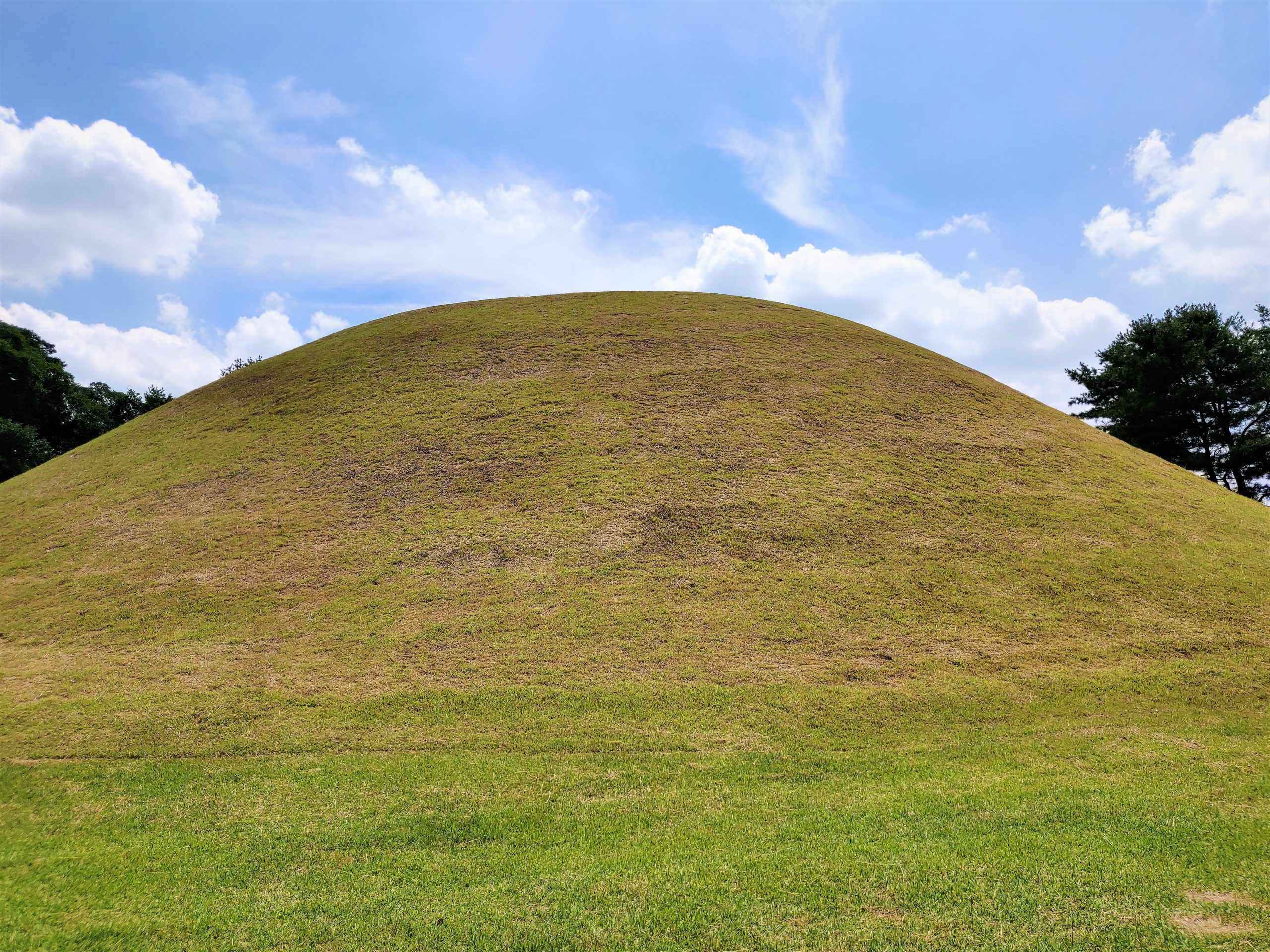
This complex was the large burial place of the Silla Kingdom’s Royals; a dense area with 23 large ancient cone-shaped tombs including the tomb of the King Michu and the most famous being the Cheonmachong and Hwangmadaechong tomb.
Cheonmachong Tomb was excavated in 1973 and the findings awe the visitors yet. It represents the burial methods of the Royal People, there’s a wooden coffin adorned with the jewellery, potteries, and accessories worn by the one buried here. It’s great to stroll around the place and admire the beauty while exploring the tombs.
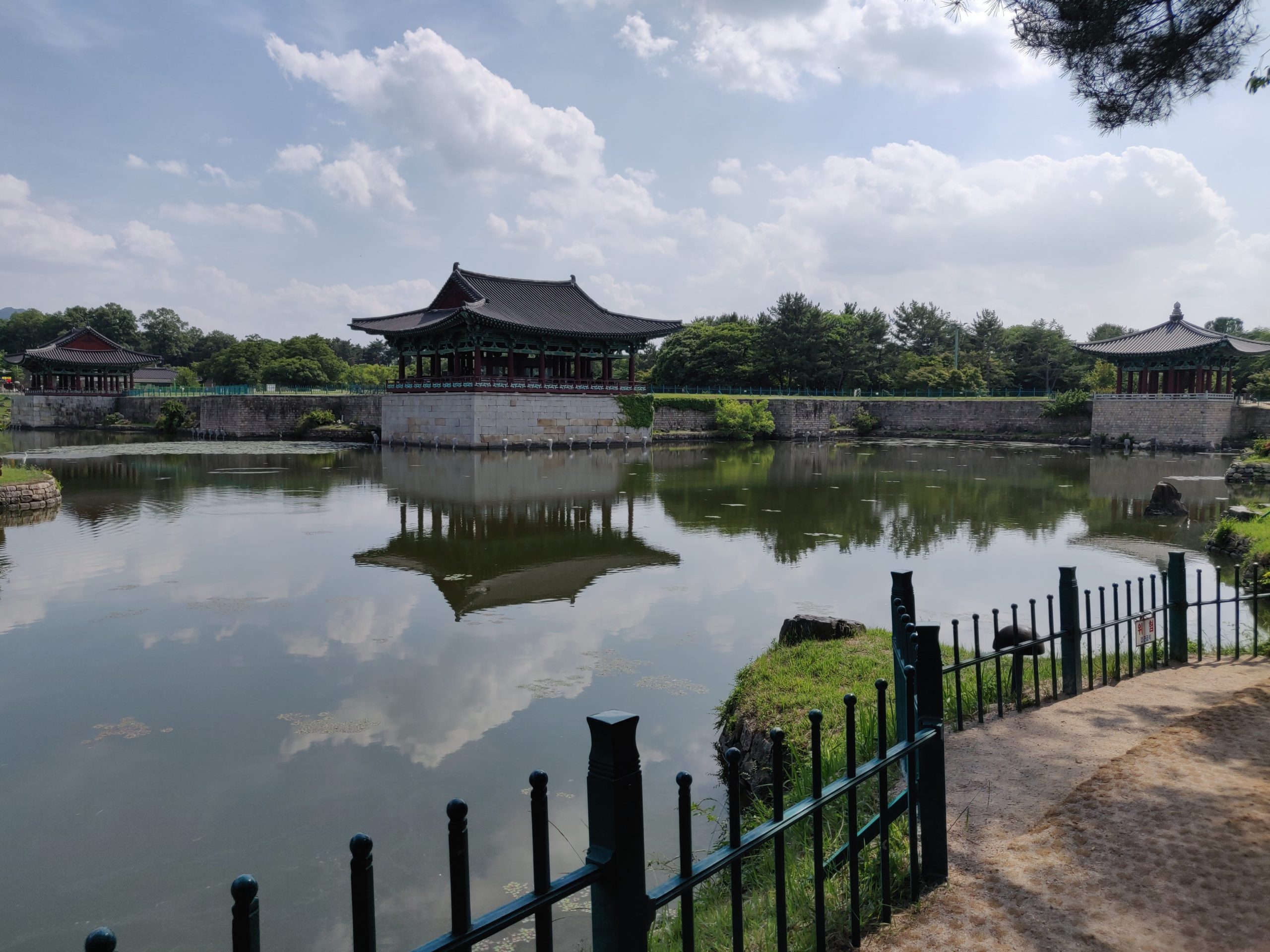
Formerly known as Anapji Pond is an artificial pond in the Royal Palace Complex of the Silla Kingdom reflecting the decorated Pagodas and pavillions. Donggung Palace was the secondary palace of the rulers and it was the residence of the crown prince who had his court here and the palace was famous for feasts which no longer stands.
These were designed to encourage individuals towards meditation and attaining inner peace. The pond and the pavilions were aesthetically restored by the Korean government giving us a hint of how the palace and pond looked during those times. However, it is said during archaeological excavations that there were much more buildings surrounding the pond and even canals.
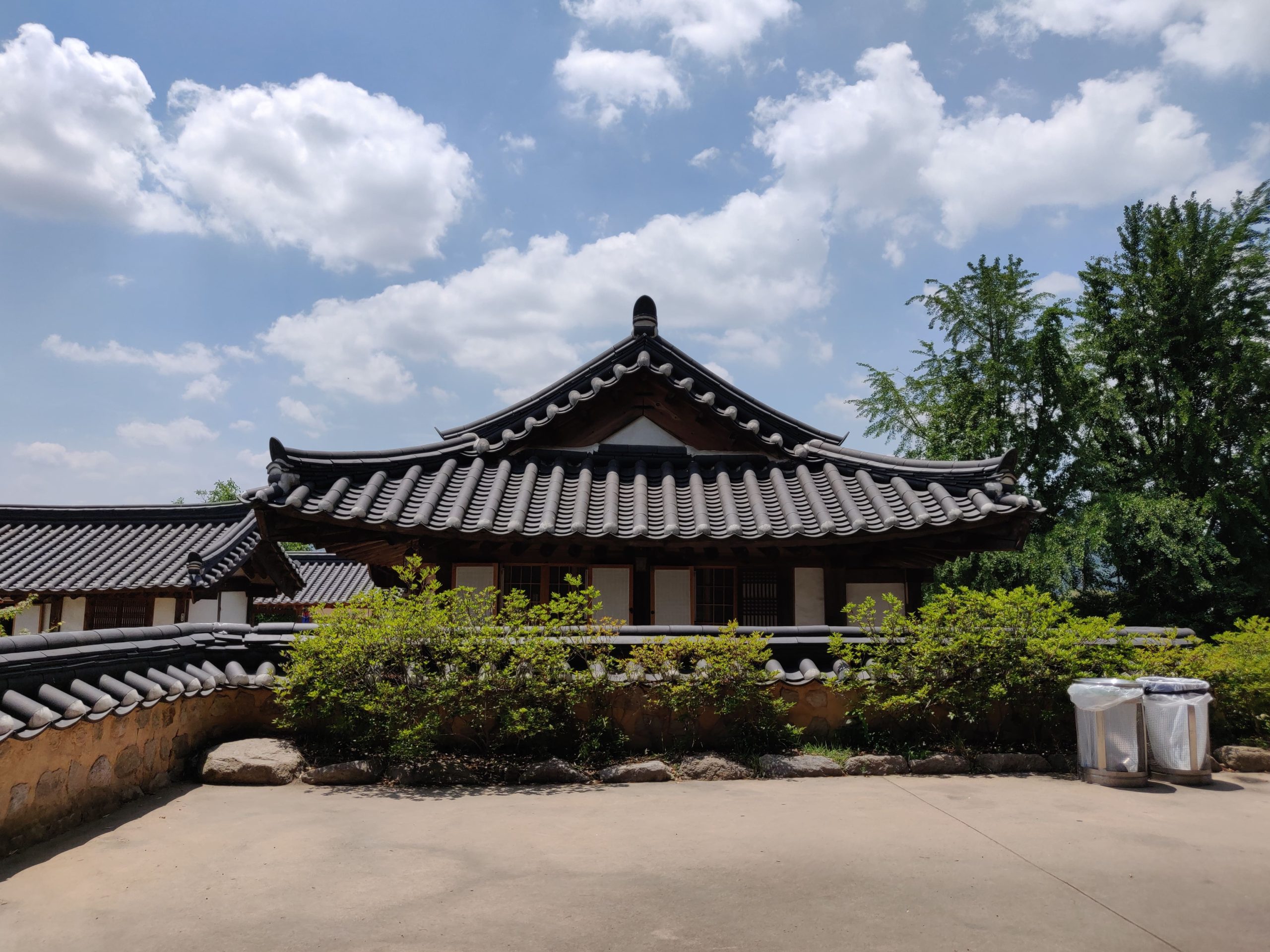
It’s a traditional Hanok Village that allows its visitors to get a glimpse of the lifestyle of the Choi Clan (A family known to be wealthy for the longest period in Korean history). The old house of the famous Choi Family remains in the village.
The village resides where the palace of Princess Yoseok was and its name comes from the presence of the Confucian school. You can walk around the village soaking into the traditional atmosphere, play with dogs, and grab on ice-cream from the variety of cafes and shops.

It’s a valuable cultural experience ground aiming at uniting global villages of the world attracting a lot of visitors since its opening in 1998. The expo is expected to welcome visitors with various exhibitions, performances, cultural festivals, and much more.
The funky symbolic building also has an observatory deck with amazing views surrounding Bomun Lake. After enjoying the view, one can take a long walk along the lake and click some great pictures and relax before moving back to the hotel.
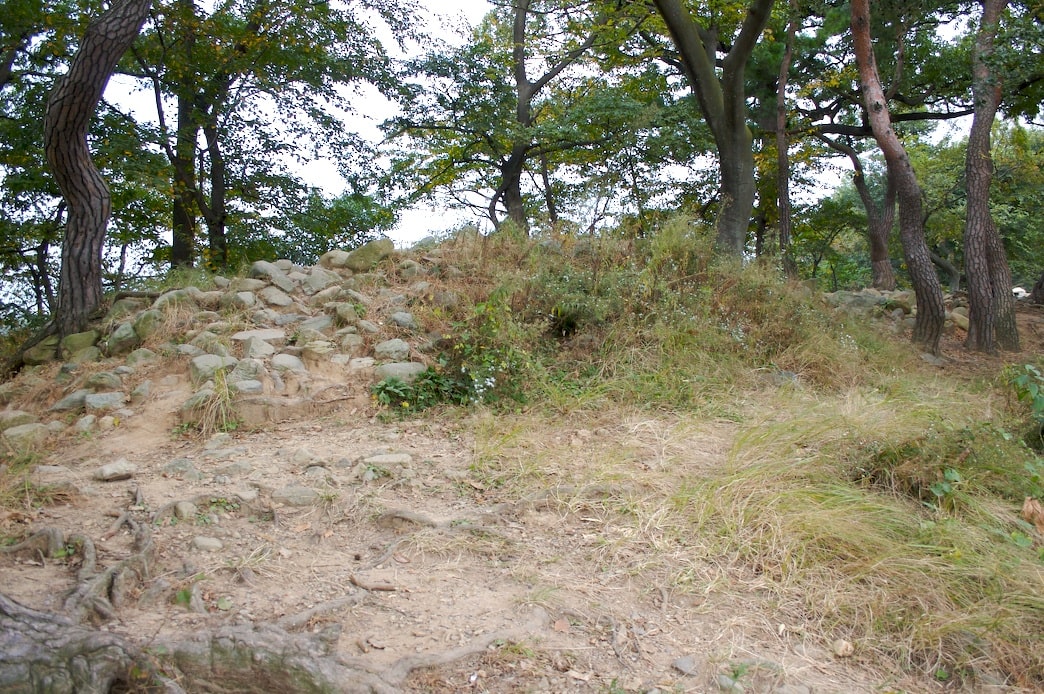
Wolseong fortress was once the site of the Royal Palace compound of the Silla Dynasty and it takes its name from the outline of the palace walls which were shaped like the crescent moon.
In today’s time, there is no trace of the Royal Palace among the lush forest and anything that remains is the Stone Ice Storage that was built during the Joseon period.
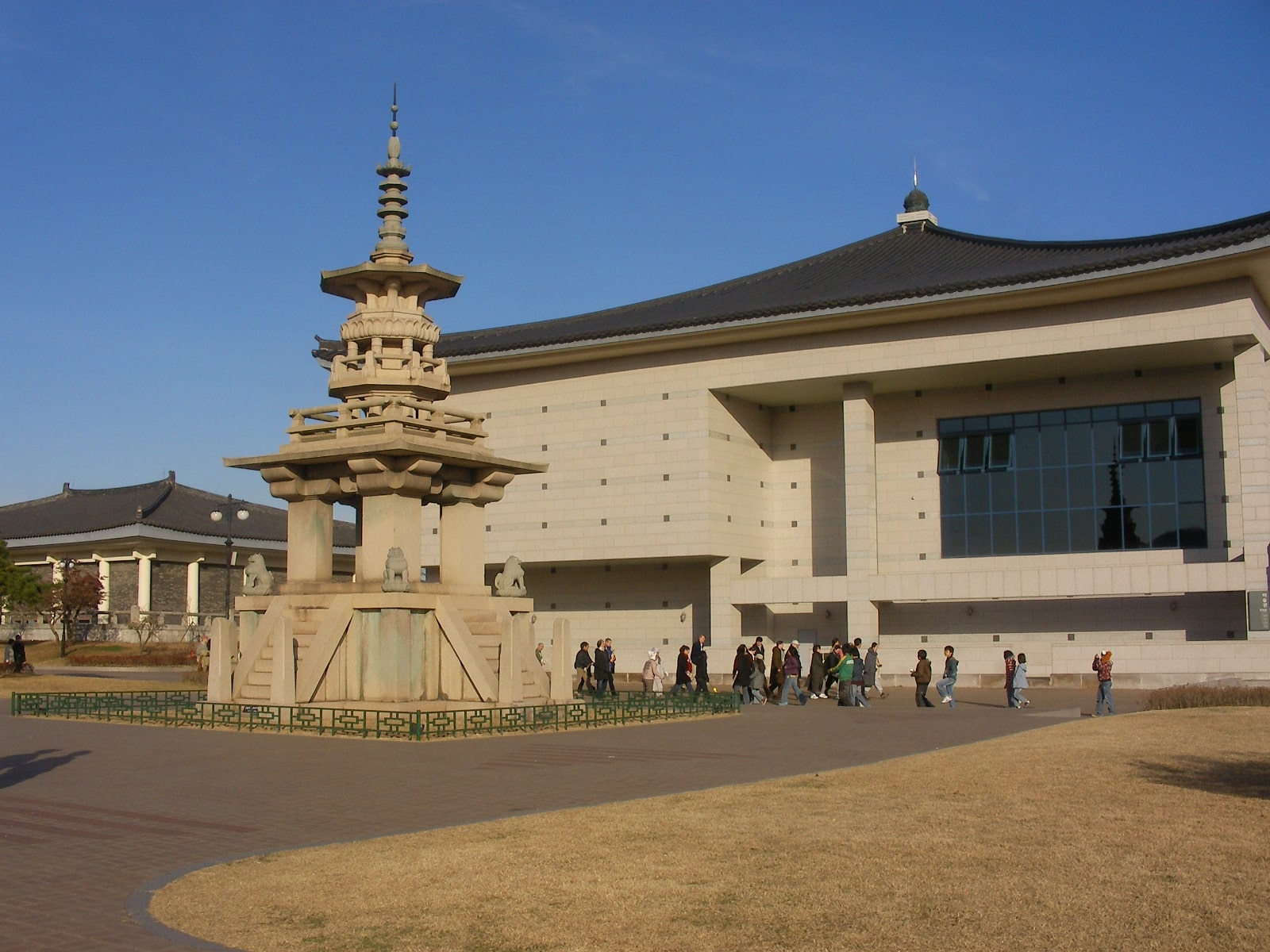
Gyeongju National Museum is home to the numerous cultural and historical artifacts kept on display for its visitors to understand the life of the Silla Dynasty. They hold a collection of about 1 Lakh items; however, only 3000 are on display (The displayed items keep changing to other items from the reserved collection from time to time).
The sacred bell of King Seongdeok the great, golden crowns, statues of Buddhas, and many other interesting items can be spotted here. The museum acts as a storehouse for cultural treasures and a focal point for these precious historical landmarks.




